Plumbing Leaks and Hidden Mold: Are You Breathing in Contaminants?
When homeowners think of mold, they often imagine major water damage from flooding or storms. But one of the most common—and sneaky—sources of mold in homes is a slow plumbing leak. These unnoticed leaks behind walls, under sinks, and above ceilings can quietly feed mold growth for weeks or even months before symptoms appear.
If you're a homeowner, you could be breathing in harmful mold spores without even knowing it. Here’s what you need to know about the connection between plumbing leaks and hidden mold, and why professional remediation is essential for your health and safety.
How Plumbing Leaks Lead to Hidden Mold Growth
Water from plumbing leaks doesn’t always pool visibly. Instead, it often seeps into drywall, subflooring, wood framing, and insulation—areas where moisture can remain trapped and out of sight. These dark, damp, and poorly ventilated spaces create the perfect environment for mold.
Unlike floodwater that causes immediate, visible damage, slow leaks are often ignored until the signs of mold become impossible to miss. By then, spores have already been spreading throughout your home and contaminating the air you breathe.
Common Sources of Hidden Plumbing Leaks
Even small leaks can result in significant mold issues. Here are some common culprits:
Leaky pipes behind walls or ceilings
Faulty refrigerator or dishwasher water lines
Cracked bathtub or shower seals
Dripping faucets under sinks
Hidden toilet or laundry room leaks
The longer these leaks go unnoticed, the greater the risk for widespread mold contamination.
The Health Risks of Breathing in Mold
Mold doesn’t just stay behind the walls—it releases microscopic spores into the air, which can be inhaled and negatively impact your indoor air quality. Some of the most common health symptoms include:
Chronic coughing or sneezing
Nasal congestion and sinus issues
Skin irritation and rashes
Eye irritation
Headaches and fatigue
Worsening of asthma and allergy symptoms
In more severe cases, mold exposure can lead to serious respiratory issues or trigger immune responses, especially in children, seniors, or individuals with compromised health.
Signs You May Have Hidden Mold in Your Home
Not all mold is visible or obvious. Here are some signs you might have mold lurking behind your walls due to a hidden plumbing leak:
Musty or earthy odors, especially near bathrooms or kitchens
Discoloration or staining on walls and ceilings
Peeling paint or wallpaper
Warped drywall or bubbling surfaces
Unexplained allergy-like symptoms indoors
If you’re noticing any of these red flags, it’s time to call in a professional.
Why You Need Professional Mold Remediation
Mold is more than just an eyesore—it’s a biohazard. Attempting to clean mold on your own without addressing the root cause (the leak) or containing the affected area can actually spread spores further.
At Home Sweet Home Restoration, we use:
Advanced moisture detection equipment to find hidden leaks
Infrared cameras to spot mold behind walls and ceilings
HEPA-filtered air scrubbers and containment barriers
Safe and thorough mold removal processes
Professional drying and dehumidification systems
Our trained technicians ensure your home is fully remediated, safe, and mold-free—not just on the surface, but deep inside where mold likes to hide.
Don’t Ignore the Drip: Protect Your Home and Health
If you suspect a plumbing leak or mold in your home, don’t wait. What starts as a small drip can lead to major health hazards and structural damage. Home Sweet Home Restoration is your trusted partner for mold remediation, water damage restoration, and leak detection in Orange County.
Schedule your mold inspection today and breathe easier knowing your home is in safe, experienced hands.
To stay up to date on the latest restoration information make sure to follow our blog www.hshrestoration.com/blog - if you need any water restoration, fire restoration, or mold damage services feel free to give our team a call for a FREE estimate at (949) 738-0836

